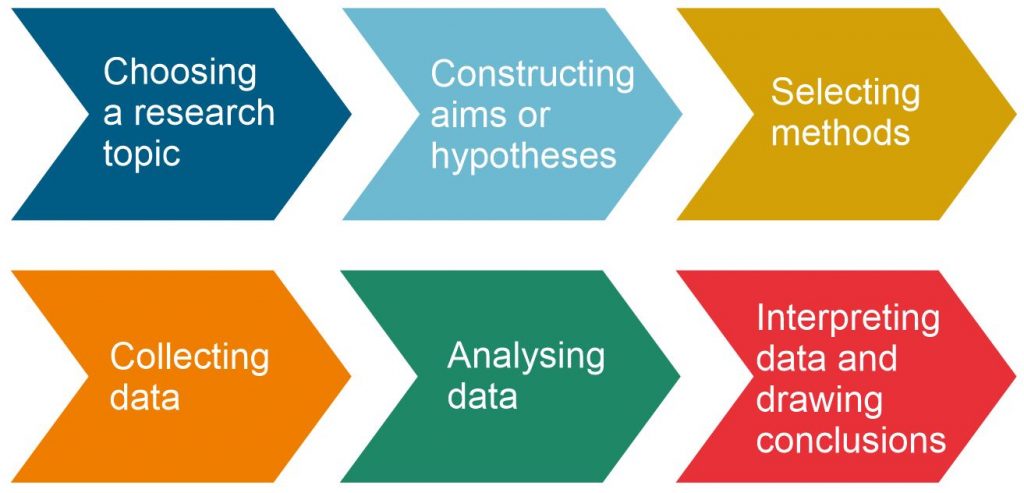Strategies and Models
The choice of qualitative or quantitative approach to research has been traditionally guided by the subject discipline. However, this is changing, with many “applied” researchers taking a more holistic and integrated approach that combines the two traditions. This methodology reflects the multi-disciplinary nature of many contemporary research problems.
In fact, it is possible to define many different types of research strategy. The following list (Business research methods / Alan Bryman & Emma Bell. 4th ed. Oxford : Oxford University Press, 2015) is neither exclusive nor exhaustive.
Approaches to research
For many, perhaps most, researchers, the choice of approach is straightforward. Research into reaction mechanisms for an organic chemical reaction will take a quantitative approach, whereas qualitative research will have a better fit in the social work field that focuses on families and individuals. While some research benefits from one of the two approaches, other research yields more understanding from a combined approach.
In fact, qualitative and quantitative approaches to research have some important shared aspects. Each type of research generally follows the steps of scientific method, specifically:

In general, each approach begins with qualitative reasoning or a hypothesis based on a value judgement. These judgements can be applied, or transferred to quantitative terms with both inductive and deductive reasoning abilities. Both can be very detailed, although qualitative research has more flexibility with its amount of detail.
Selecting an appropriate design for a study involves following a logical thought process; it is important to explore all possible consequences of using a particular design in a study. As well as carrying out a scoping study, a researchers should familiarise themselves with both qualitative and quantitative approaches to research in order to make the best decision. Some researchers may quickly select a qualitative approach out of fear of statistics but it may be a better idea to challenge oneself. The researcher should also be prepared to defend the paradigm and chosen research method; this is even more important if your proposal or grant is for money, or other resources.
Ultimately, clear goals and objectives and a fit-for-purpose research design is more helpful and important than old-fashioned arguments about which approach to research is “best”. Indeed, there is probably no such thing as a single “correct” design – hypotheses can be studied by different methods using different research designs. A research design is probably best thought of as a series of signposts to keep the research headed in the right direction and should not be regarded as a highly specific plan to be followed without deviation.
Research models
There is no common agreement on the classification of research models but, for the purpose of illustration, five categories of research models and their variants are outlined below.
The advantages and disadvantages of modelling
Take a look at the advantages and disadvantages below. It might help you think about what type of model you may use.
The next section describes the processes and design of research.

